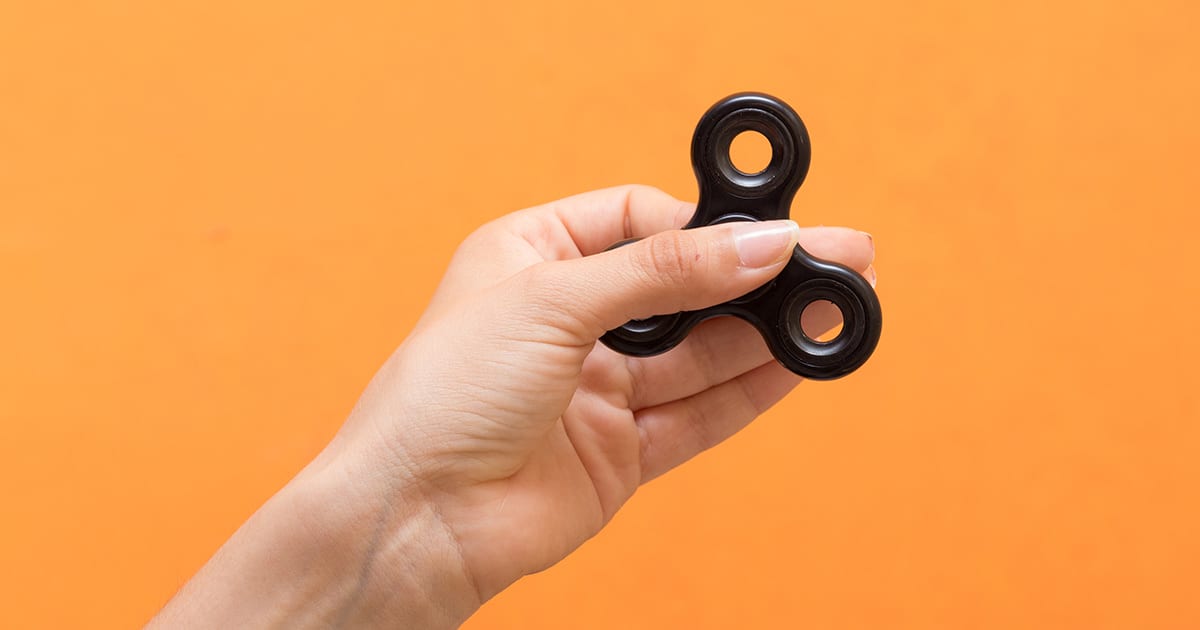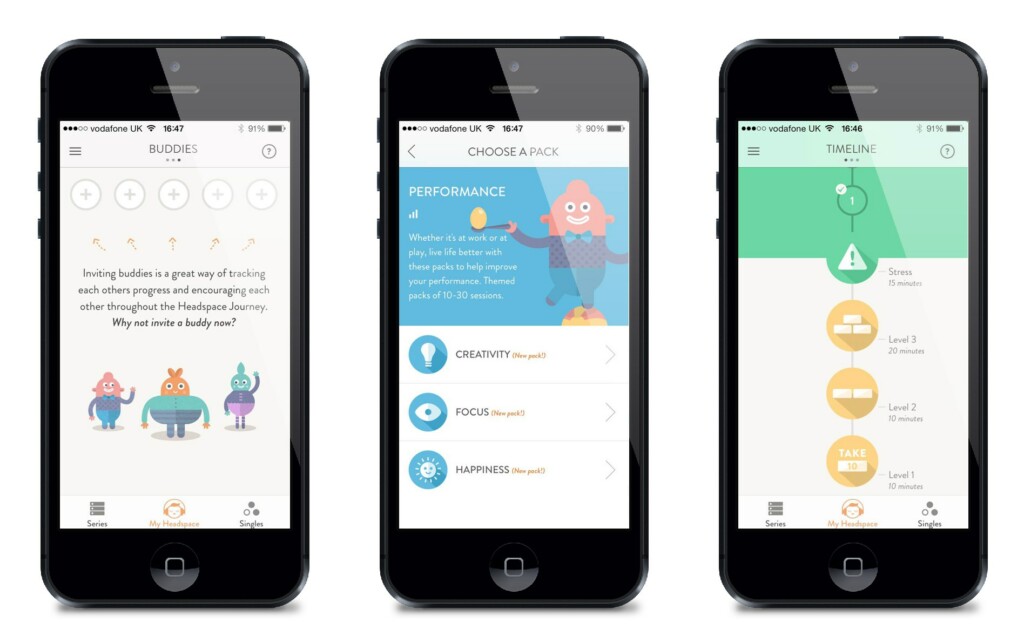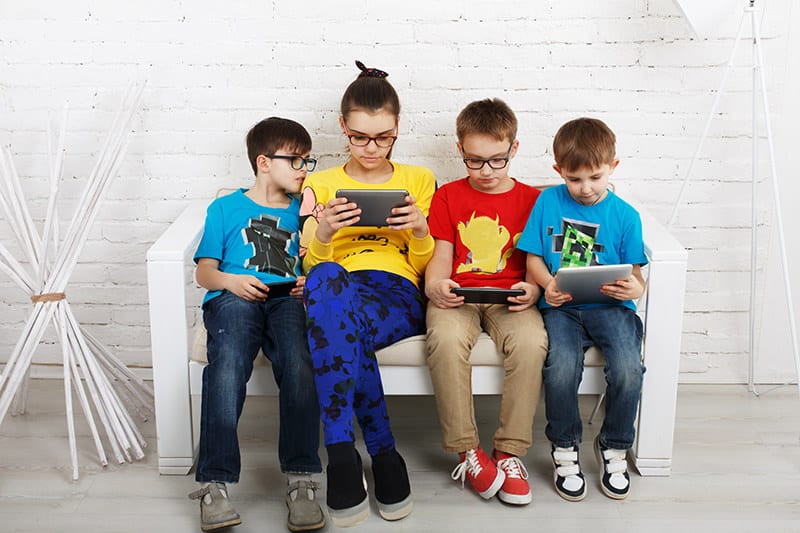How should brands connect to consumers who just can’t stop moving?

People have been addicted to substances for thousands of years, but for the past two decades, we’ve also been hooked on technologies, like Instagram, Netflix, Facebook, Fitbit, Twitter, and email—platforms we’ve adopted because we assume they’ll make our lives better. These inventions have profound upsides, but their appeal isn’t an accident. Technology companies and marketers have teams of engineers and researchers devoted to keeping us engaged. They know how to push our buttons, and how to coax us into using their products for hours, days, and weeks on end. Social psychology and marketing professor, Adam Alter, has a new book out. It’s called, Irresistible – The Rise of Addictive Technology and the Business of Keeping Us Hooked.
Tracing addiction through history, he shows that we’re only just beginning to understand the epidemic of behavioral addiction gripping society. He takes us inside the human brain at the very moment we score points on a smartphone game, or see that someone has liked a photo we’ve posted on Instagram. But more than that, Alter heads the problem off at the pass, letting us know what we can do to step away from the screen. He lays out the options we have to address this problem before it truly consumes us. After all, who among us hasn’t struggled to ignore the ding of a new email, the next episode in a TV series, or the desire to play a game just one more time?
It’s not just technology and how these developers engage, connect and ensure that consumers come back that should be worrying. It is also who we are (all) becoming – as a society. It’s no longer a question of how healthy/unhealthy it is for us to be so constantly and consistently connected to technology, it’s also about how we just can’t stop doing something… anything at all times. Keep moving. Keep busy. It’s more than a habit.

On one hand, we’re seeing an increased interest in mindfulness practice and meditation (look no further than the mass success of apps like Headspace). On the other side, we’re neck-deep in a culture of people (and this is affecting kids too) that just can’t stop doing something/moving. For kids with more severe issues like ADHD, etc… there was this little toy called the fidget cube and fidget spinner that took off on Kickstarter. The lore goes that kids who fell on a spectrum would fidget with these devices, and that would both calm them down and help them to focus. Now, these toys/devices have crossed over to the mainstream. Everybody wants them. Not just kids. The hottest toy going these days are fidget spinners. You can find them cheapish ($5 – $10 range) but they also can quickly move into the $25 – $75 range as well. It would be easy to dismiss this craze as something that could become the next Yo-Yo. After watching these fidget spinners take off in popularity with elementary school kids and move up to adults who are, simply, looking for something to fidget with at all times, it should give us all pause. Always fidgeting.
Whether it’s thumbing through a newsfeed, responding to text messages or incessantly checking out iPhone for updates, that digital desire to always be flicking, fondling, clicking, and tugging at your smartphone is now transcending digital with a new-ish version of the stress ball… and the real concern should be the habit-forming nature of how these young kids (and adults) always need something to do.
Much has been written on the subject of stillness. The place that travel writer Pico Iyer would most like to go? Nowhere. In a counter-intuitive and lyrical meditation, Iyer takes a look at the incredible insight that comes with taking time for stillness. In our world of constant movement and distraction, he teases out strategies we all can use to take back a few minutes out of every day or a few days out of every season. It’s the talk for anyone who feels overwhelmed by the demands for our world (here’s a great primer from Pico Iyer’s excellent TED Talk, The Art of Stillness).

But what seems like an innocuous fidget gift to a kid, or just following along with what’s hot in toys today, could well be programming the next generation to always be moving, doing, etc…
A tougher environment for business to come.
We see the process of selling and marketing to consumers as “moments in time.” The concept that while consumers are watching (or engaging with) media, we can get our brand messaging in front of them. Brands work on the newer digital platforms by being present should a consumer be searching or chatting with another consumer about a brand, a competitor or looking at a category for a potential purchase. We know that we’re already in the age of distraction, but what if this shifts to the age of fidgeting? A place where these is never a moment when a consumer is doing nothing at all. A place where consumers are always doing something else. A place where consumers are constantly fidgeting.
It’s a cluttered world. It’s an even more cluttered Marketing world.
Brands still think it’s all about the pomp and circumstance. It is… and it isn’t. No one is going to deny that a well-executed Superbowl ad gets attention, gets a brand noticed and results in lift (sales, brand awareness, whatever). No one is going to deny that a well-played experiential marketing event builds buzz and gets attention. There are many online media properties that have very convincing data to back-up the purchase of a homepage takeover ad. Making noise can create noise in the marketplace.
The challenge comes when you shift over to the newer digital marketing platforms. It’s obvious that just having a Facebook page, YouTube channel, Twitter feed or whatever can get a brand to accumulate followers and friends at a fast and furious pace. Consumers like feeling that they’re a part of an inner circle or the first to know something. Brands are great at dangling those carrots in front of consumers who are willing to click a “like” or “follow” button. It can be a dangerous game of diminishing returns. All marketing initiatives face the reality of fatigue – it happens in direct marketing, it happens in email marketing and it’s going to happen in Social Media (it’s probably already happened). People get tired (pretty quickly) of the same old, same old.
Give them utility or give them death. Are we witnessing the continuation of Utilitarianism Marketing or do consumers want to constantly fidget? Brands are going to adapt. It won’t always be pretty.
Utilitarianism Marketing that gives consumers something valuable seems counterintuitive to most marketing departments because they equate “value” with “cost” and the last thing a marketer wants to do is give something that costs them more money to fewer people than the heat they are getting from their traditional advertising.
The point is this: if you give something to people that they actually want to use…. no, need to use, they will love you and be loyal to you forever. It seems simple enough, doesn’t it? Something that is useful to a consumer… truly useful… without a sales pitch… without in-your-face marketing messaging is the next generation of marketing. People are smart. They’ll figure it out. They’ll think to themselves, “I can’t live without this app… I can’t believe Brand X just gave it to me… how cool is that?
Two brands that are leveraging the notion of Utilitarianism Marketing are Charmin and Nationwide. They are both mobile apps. Charmin launched Sit Or Squat – an application that leverages the location-based services of your mobile device to tell you where the nearest (and cleanest) bathroom is. Consumers can also add their favorites or rate the ones they have just used (as a frequent traveler, this app holds a coveted position on my home screen). The Nationwide Mobile App is for people who were just in a car accident. It’s a useful step-by-step program that walks consumers through everything from collecting and exchanging accident information to taking pictures of the accident scene, recording the location and it even has a flashlight in case it happens at night. It’s not an ad. It’s not push Marketing. It’s Utilitarianism Marketing.
Is the future about fidget marketing or Utilitarianism Marketing? Will brands be faced with new challenges as they try to get their messaging to the masses?
Watching the popularity of fidget spinners take hold, it made me wonder what more a brand will have to do with that kind of constant competition? Especially as these distractions look, feel and act so innocuous… they live and breathe in the background (but are always there). It may sound like an additional nuance in the spectrum of how marketers connect to consumers, but there must be some kind of compounded effect taking hold – especially in the younger generation. Imagine marketing or trying to grow your business in a world where consumers are always fidgeting. The obvious solution will be for brands to produce their own (branded) fidget devices (look for those on trade show floors anytime soon). And, while these devices may be a fad, it does seem to be another re-wiring of our brains, and consumers desires to constantly be fidgeting with something. Will brands try to out-fidget these devices? Will brands watch these devices come and go as fads do, but take their essence and try to create marketing that compliments this behavior? It would be too easy to dismiss this as a fad and not dig deeper into what it represents.
Also published on Medium.